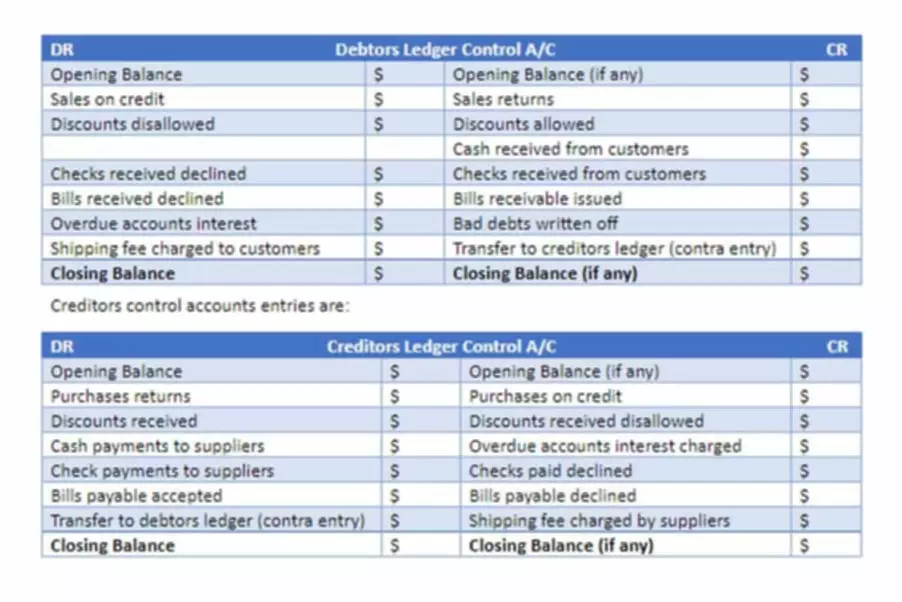Content

However, if a long-term investment carries higher than average risk for the firm, the firm will use a required rate of return higher than the cost of capital. The process of budgeting forcapital investment projects and budgeting for the everyday operational expenses require different methodologies.

If the income stream generated by the investment exceeds future expenses, net worth will increase in the future; if not, net worth will decline. The cash flow statement reports outlays for the purchase of the asset and, in that respect, parallels the federal budget’s treatment of capital investment. The income statement, which matches revenues with costs incurred in the period, recognizes an expense only for the periodic depreciation of a capital asset rather than its purchase cost. For example, funding decisions for investment projects rely on the provision of budget authority to control the amount of spending. The application of capital budgeting techniques could involve the allocation of budget authority to future time periods in the same way that outlays for depreciation costs would be recorded.
When Acquiring a Portfolio of Assets
So the payback period is nothing but the time taken by cash inflows to recover the investment amount. Capital budgeting is a necessary and very important process for a company to choose between projects from a long-term perspective. It gives the management methods to adequately calculate the returns on investment and make a calculated judgment always to understand whether the selection would be beneficial for improving the company’s value in the long term or not. It is necessary to follow before investing in any long-term project or business. Project A depicts a constant cash flow; hence the payback period, in this case, is calculated as Initial Investment / Net Cash Inflow.
Council approves mayor’s $4.2M capital budget Woburn homenewshere.com – Woburn Daily Times
Council approves mayor’s $4.2M capital budget Woburn homenewshere.com.
Posted: Wed, 31 Aug 2022 07:00:00 GMT [source]
With Integrify, you can sequence all the tasks to be performed as part of the process and assign them to individuals, groups, or dynamically. As tasks are completed, sequentially or in parallel, all the activity is captured, including time, date, individual, actions taken, forms submitted, and documents provided. Most managers use a spreadsheet, such as Excel, to calculate the IRR for an investment . The term cash flow refers to the amount of cash received or paid at a specific point in time. The time value of money concept is the premise that a dollar received today is worth more than a dollar received in the future. You just need key pieces of information, such as the cost of the machine and how much profit it could produce over a specific period of time. One should also be careful not to overestimate a residual or terminal value.
AccountingTools
The chain method and the EAC method give mathematically equivalent answers. For example, if project A has an expected lifetime of 7 years, and project B has an expected lifetime of 11 years it would be improper to simply compare the net present values of the two projects, unless the projects could not be repeated. Mutually exclusive projects are a set of projects from which at most one will be accepted, for example, a set of projects which accomplish the same task. Thus when choosing between mutually exclusive projects, more than one of the projects may satisfy the capital budgeting criterion, but only one project can be accepted; see below #Ranked projects. Capital budgeting is the process by which investors determine the value of a potential investment project. The process involves analyzing a project’s cash inflows and outflows to determine whether the expected return meets a set benchmark. After determining answers to the possible what-ifs, you can decide if the project or investment would still be sound and likely profitable.
How do we calculate EBITDA?
EBITDA can be calculated in one of two ways—the first is by adding operating income and depreciation and amortization together. The second is calculated by adding taxes, interest expense, and deprecation and amortization to net income.
Contracting with customers, suppliers, employees, and sources of capital can be complicated as inflation rises. This process can also help in comparing profitability of different projects and in prioritizing one project over the other. Twproject is a full featured web based project management software that gives you full visibility and control over your projects.Twproject is also a time tracking software, a bug tracking software, a project planning software. Consequently, you should give primary consideration to those capital budgeting proposals that favorably impact the throughput passing through the bottleneck operation. However, Project A provides more return per dollar of investment as shown with the Profitability Index ($1.26 for Project A versus $1.14 for Project B). Mandatory projects as required by government agencies, such as for safety or environment. These ideas can be put forth by the management, employees, or even outsiders.
Justifying Investments with the Capital Budgeting Process
Calculating a meaningful and accurate residual or terminal value is also important. Essentially, capital budgeting allows the comparison of the cost/investment in a project versus the cash flows generated by the same venture. If the value of the future cash flows exceeds the cost/investment, then there is potential for value creation and the project should be investigated further with an eye toward extracting this value. Setting up capital acquisition funds might present operational challenges, though. To the extent that agencies in a department receive funding from different appropriation subcommittees, the department might need multiple acquisition funds. Agencies also have expressed concern that they might not receive sufficient appropriations to pay the annual charges.
- An IRR which is higher than the weighted average cost of capital suggests that the capital project is a profitable endeavor and vice versa.
- In column C above are the discounted cash flows, and column D identifies the initial outflow that is covered each year by the expected discount cash inflows.
- The process of budgeting forcapital investment projects and budgeting for the everyday operational expenses require different methodologies.
- However, the rate of return deemed acceptable or unacceptable is influenced by other factors specific to the company as well as the project.
- Someone with sufficient expertise will also be objective and look at the investment in terms of monetary figures instead of emotion.
The internal rate of return is the expected return on a project—if the rate is higher than the cost of capital, it’s a good project. The three most common approaches to project selection are payback period , internal rate of return , and net present value . Capital budgeting’s main goal is to identify projects that produce cash flows that exceed the cost of the project for a firm.
The net present value is the discounted positive net cash flow of the project after a length of time. The avoidance analysis is looking at the option of avoiding the option of an overhaul or replacement of equipment, and instead, checking if maintenance will solve any problems. Discounted Cash FlowsDiscounted cash flow analysis is a method of analyzing the present value of a company, investment, or cash flow by adjusting future cash flows to the time value of money. This analysis assesses the present fair value of assets, projects, or companies by taking into account many factors such as inflation, risk, and cost of capital, as well as analyzing the company’s future performance. Each of the https://www.bookstime.com/ methods outlined has advantages and disadvantages.
- It has various methods such as payback period, internal rate of return, net present value, and avoidance analysis.
- Moving capital spending to an accrual basis should therefore be considered in the broader context of possibly adopting accrual accounting for the budget as a whole.
- As tasks are completed, sequentially or in parallel, all the activity is captured, including time, date, individual, actions taken, forms submitted, and documents provided.
- When corporations figure out ways to get what they need or want, it’s called capital budgeting.
- This is a very powerful financial tool with which the investment in a capital asset, a new project, a new company, or even the acquisition of a company, can be analyzed and the basis for the investment defined and illustrated to relevant stakeholders.
- Calculate and evaluate the NPV of the investment.Although managers often estimate the interest rate, this estimate is typically based on the organization’s cost of capital.
- The Payback Period analysis does not take into account the time value of money.
Despite that the IRR is easy to compute with either a financial calculator or software packages, there are some downfalls to using this metric. Similar to the PB method, the IRR does not give a true sense of the value that a project will add to a firm—it simply provides a benchmark figure for what projects should be accepted based on the firm’s cost of capital. Discounted cash flow analysis looks at the initial cash outflow needed to fund a project, the mix of cash inflows in the form of revenue, and other future outflows in the form of maintenance and other costs. Although there are numerous capital budgeting methods, below are a few that companies can use to determine which projects to pursue. The finance manager needs to accept or reject each capital project proposal based on its profitability. To do so, a cash flow forecast will be created and the project will be evaluated using NPV/IRR.
Capital Budgeting with the Payback Method
It may represent the rate of return needed to attract outside investment for the capital project. Or it may represent the rate of return the company can receive from an alternative investment. The discount rate may also reflect the Threshold Rate of Return required by the company before it will move forward with a capital investment. The Threshold Rate of Return may represent an acceptable rate of return above the cost of capital to entice the company to make the investment.
What does EBITDA stand for?
EBITDA, or earnings before interest, taxes, depreciation and amortization, is a valuable way to measure a company's financial health and ability to generate cash flow.


Comentarios recientes